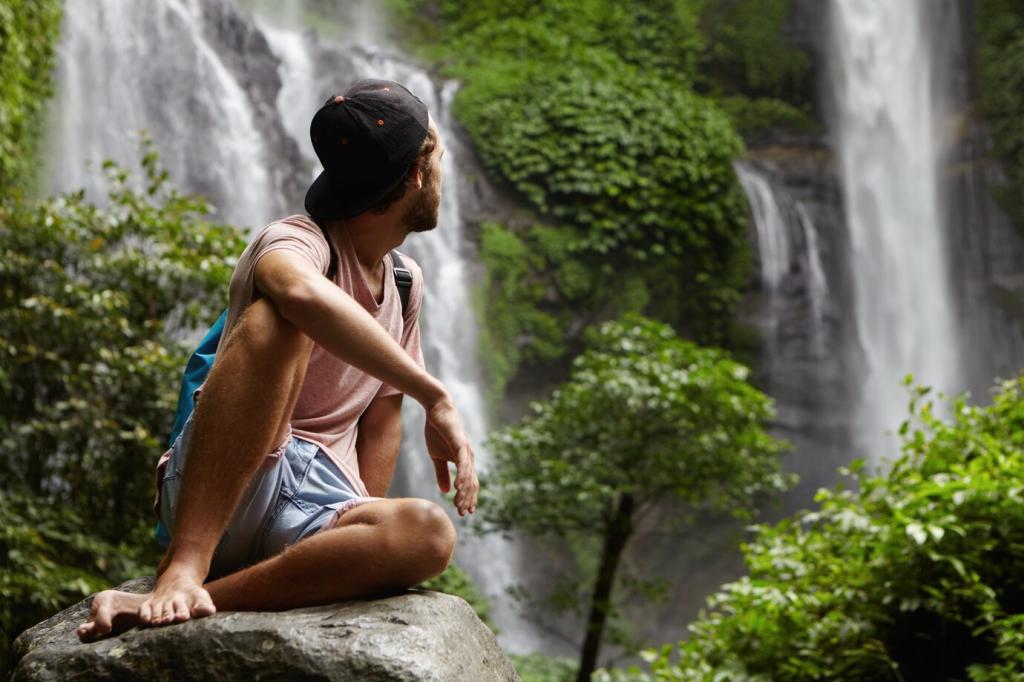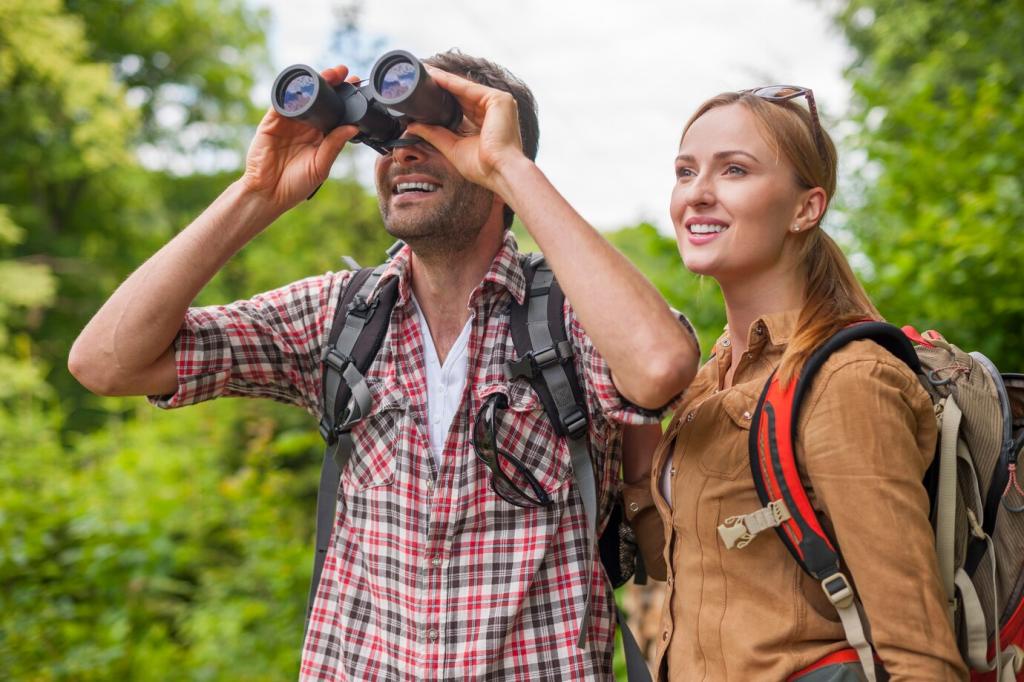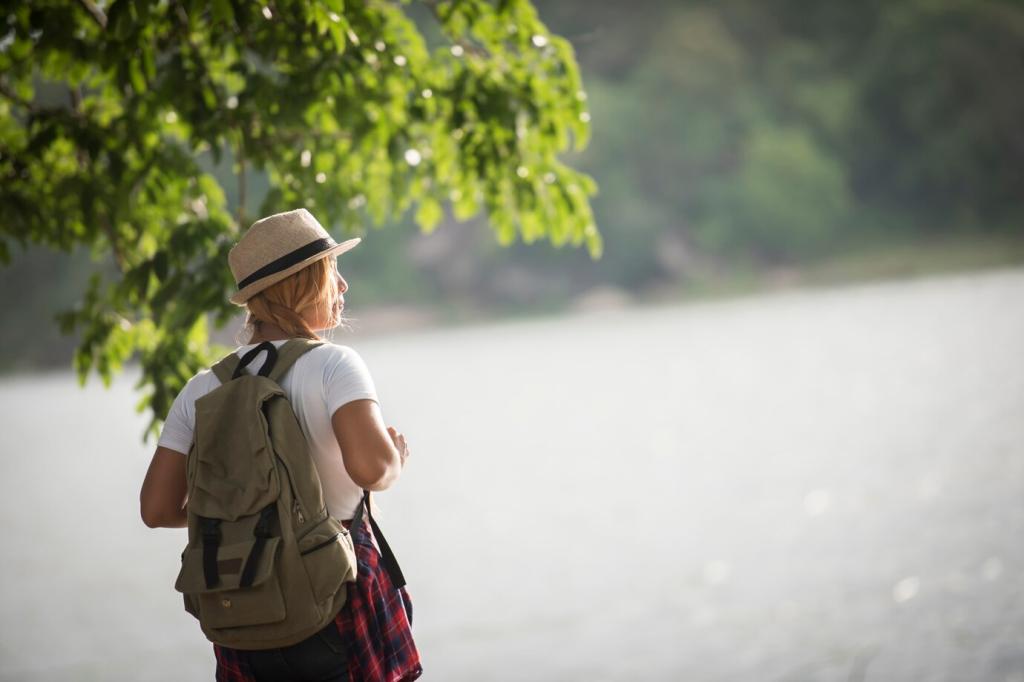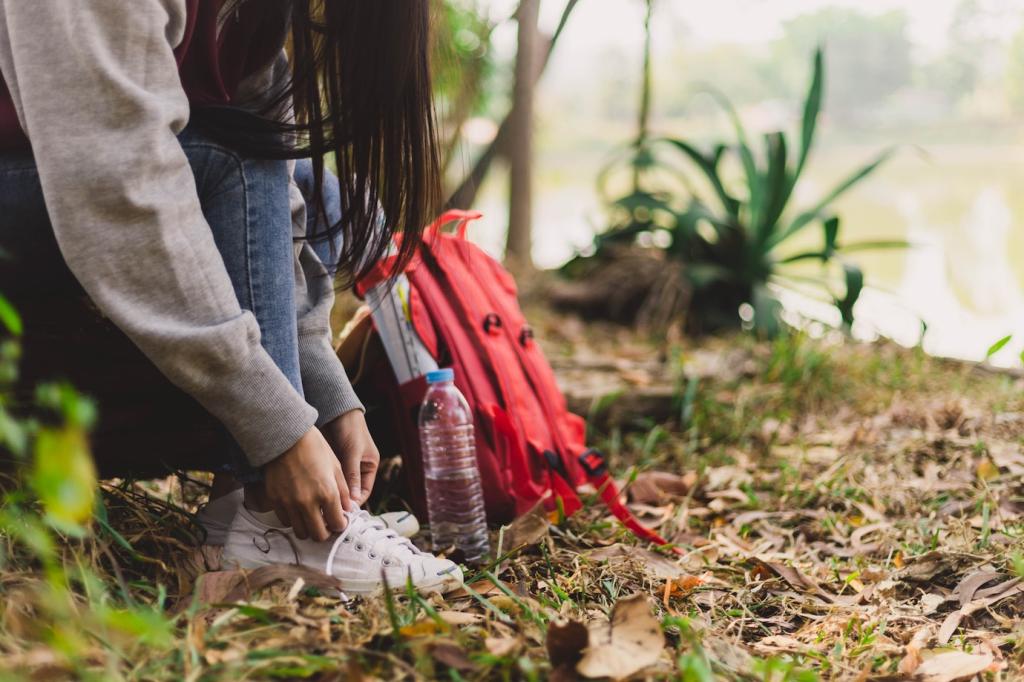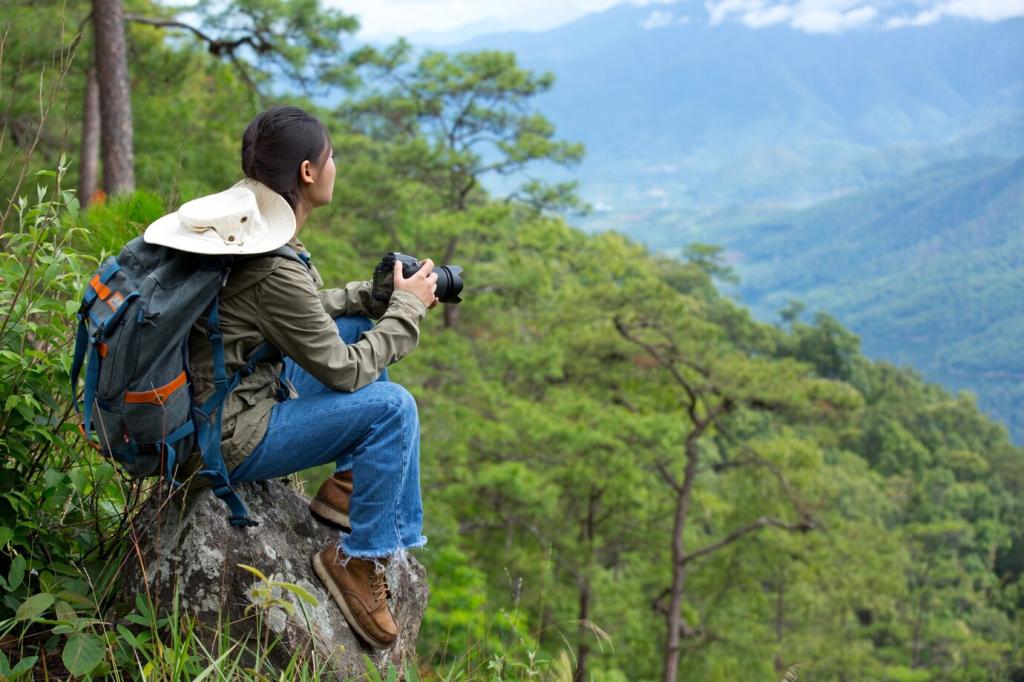Why Responsible Travel in Protected Areas Matters Now
More than sixteen percent of land and about eight percent of oceans are protected, yet visitation is rising fast. Footfall compacts soil, noise disturbs wildlife, and a single shortcut can scar vegetation for decades. Responsible travel cushions those impacts.
Why Responsible Travel in Protected Areas Matters Now
Park teams and local residents are frontline guardians. They restore trails, monitor wildlife, and preserve cultural sites. When visitors follow guidance, pay fees, and listen, that partnership strengthens the long-term protection these landscapes urgently need.

